NTB pushes inclusive tourism in Southern Namibia
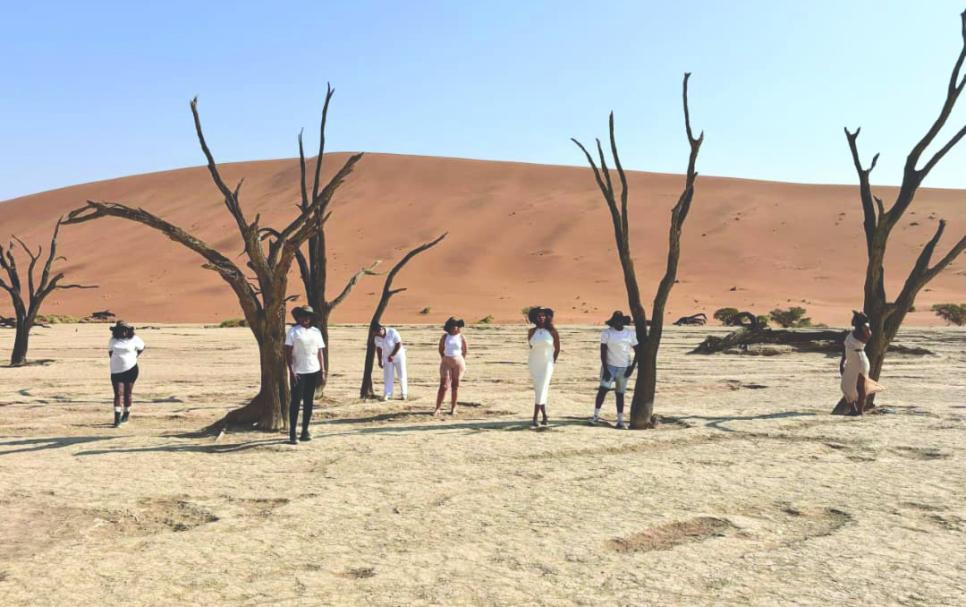
By Hilja Shikongo
The Namibia Tourism Board (NTB) has placed inclusive tourism at the centre of its agenda, calling for greater community involvement and broader participation in the industry.
Speaking at the launch of the NTB Media and Influencer Familiarisation Tour last week, chief executive officer Sebulon Chicalu said the time had come for Namibians across all regions to benefit directly from tourism.
“Tourism should not only be about Etosha and Sossusvlei. It must reach our villages, our small towns, and our people,” Chicalu stressed.
The tour, which brought together 12 journalists from various media houses and two social media influencers, was designed to spotlight hidden gems, cultural stories and community-driven experiences that reflect Namibia’s diversity.
The journey began at Hardap National Park, where participants explored the country’s second-largest dam, a critical water source and wildlife habitat. From there, the group continued to Kalahari Anib Lodge for a taste of desert hospitality before resting at the Stampriet Historical Guest House. In Stampriet, the media team discovered more than just a heritage retreat. The guest house doubles as home to one of Namibia’s few hand-woven carpet factories, founded by the Lawrence family.
Factory manager Simon Enkali explained that operations started in 2023 with only four workers but have since grown to 38 artisans, including 11 women. Using Karakul wool sourced from surrounding towns such as Keetmanshoop and Karasburg, the team produces world-class carpets entirely by hand.
“Nothing here is done by a machine. Everything we create is handmade,” Enkali said.
He added that their products are shipped to South Africa, Germany, the United States and Italy. The factory also functions as a walk-in gallery where tourists can purchase unique Namibian art pieces, making it a significant local attraction and source of empowerment.
Further south, the tour reached the majestic Fish River Canyon, Africa’s largest and the world’s second largest canyon. Its dramatic cliffs and desert vistas remain one of Namibia’s most iconic landscapes, attracting over 8,000 visitors annually. At Gondwana’s Canyon Roadhouse, assistant lodge manager Carlo Joodt emphasised that while occupancy levels have been below peak expectations, the lodge continues to sustain communities.
“Over 80 percent of our employees come from towns such as Karasburg and Keetmanshoop,” Joodt said. Through Gondwana’s Care Trust, the lodge supports school meal programmes, back-to-school projects and sanitary pack distribution for girls. “For every meal sold to a guest, a meal is donated to a child in need. More than 5,000 meals have already been distributed nationwide,” he added.
The tour later took participants to Klein-Aus Vista, where Namibia’s legendary desert horses roamed freely at the Garub waterhole. From there, they journeyed to Kolmanskop, the ghost town born of the 1908 diamond rush, and Lüderitz, with its vibrant waterfront and solemn history at Shark Island. These stops highlighted Namibia’s complex blend of natural beauty and colonial legacies.
At Aussenkehr, situated on the banks of the Orange River, the delegation witnessed another side of Namibia’s story. Known as a hub for table grape farming and export, the settlement is also home to thousands of seasonal workers living in harsh conditions, many without proper housing or sanitation. By including Aussenkehr in the familiarisation tour, NTB sought to show both the economic potential and the urgent need for development in such areas.
The Ai-Ais Hot Springs Spa offered a different experience altogether. Located at the southern end of the Fish River Canyon, Ai-Ais , meaning “burning water” in Khoekhoegowab has long been celebrated for its sulphurous thermal waters with therapeutic properties. The resort is not only a place of healing but also a significant attraction that creates jobs and draws visitors to one of Namibia’s remotest regions. The hot springs form part of the Ai-Ais/Richtersveld Transfrontier Park, cementing their role in cross-border conservation and tourism development.
The familiarisation tour concluded at Sossusvlei, where participants climbed the iconic Dune 45 and marvelled at the surreal beauty of Deadvlei. The bleached camel-thorn trees, standing against the stark white clay pan and red dunes, offered a cinematic finale to a journey that combined nature, history, and human resilience.
For NTB, the message is clear, tourism must evolve into a sector where the benefits extend beyond international operators and urban centres. Communities in remote regions whether artisans in Stampriet, lodge workers near Fish River Canyon, or farmworkers in Aussenkehr must all find opportunities within tourism. If Namibia is to achieve its target of 1.8 million international arrivals by 2030, Chicalu said, the foundation must be built on inclusive growth. Tourism, he argued, can no longer be about destinations alone but about people, livelihoods, and sustainable futures.
- 132 views


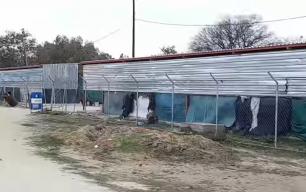
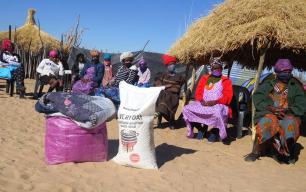


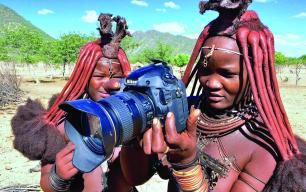


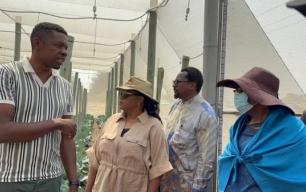
Comments